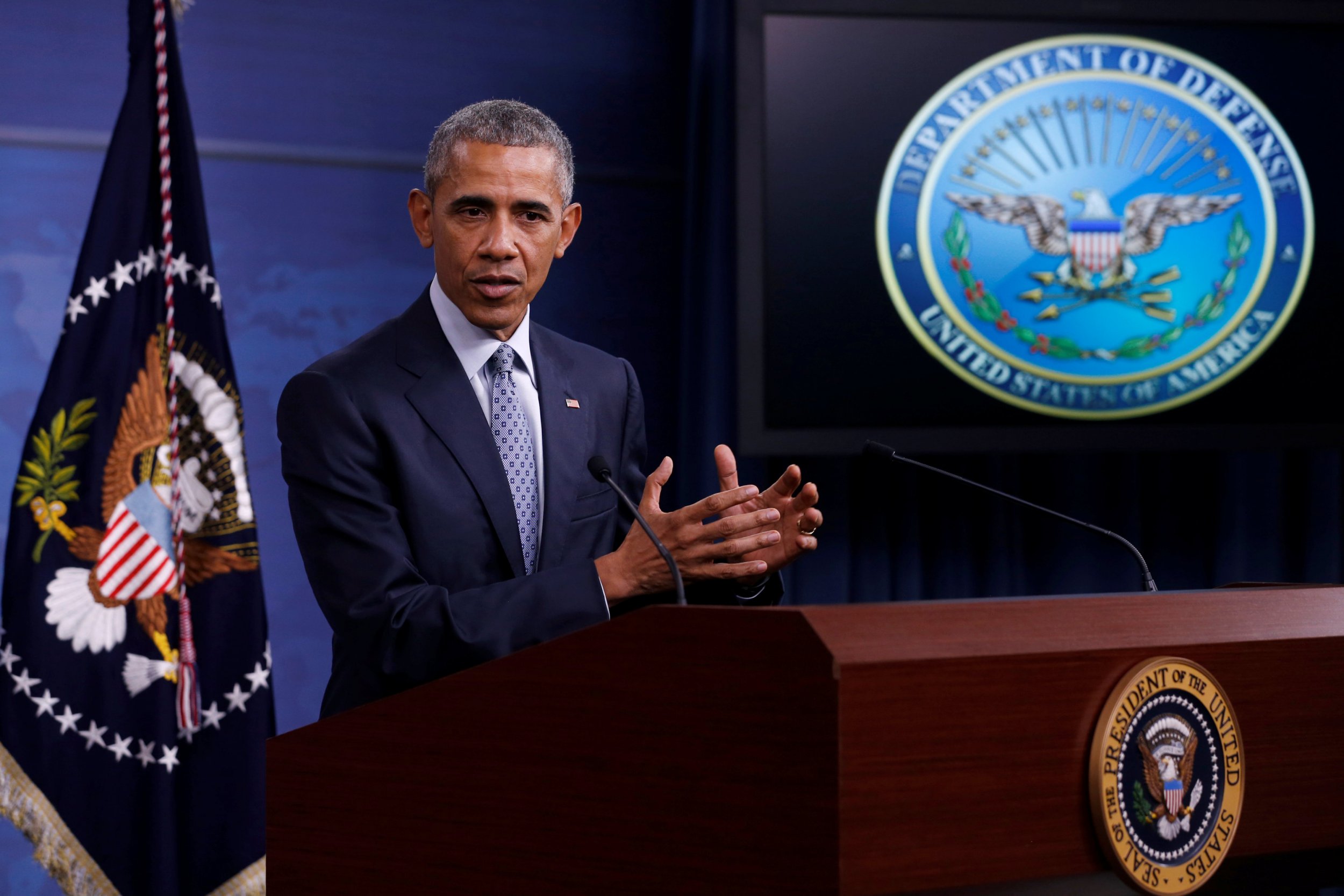
New America and Airwars found that reported civilian deaths from airstrikes in Libya are fewer than in other war zones, like Syria and Yemen. is not taking responsibility where harm does occur, but neither is any other belligerent, foreign or domestic.” “I don’t think AFRICOM has ever admitted a civilian harm event in Libya, including during the 2011 NATO campaign,” Woods said.

“All of them are off the leash - often bombing without any accountability.”ĪFRICOM stresses that it complies with the laws of war and takes “all feasible precautions during the targeting process to minimize civilian casualties and other collateral damage.” A Department of Defense analysis released last month found “no credible reports of civilian casualties resulting from U.S. “Hundreds of civilians have been killed by all parties to this very complex conflict in Libya, and none of them are taking responsibility,” said Chris Woods, the director of Airwars. The report estimates that the attacks killed between 242 and 392 noncombatants from 2012 to 2018, and injured as many as 524. Since 2012, the United States, three other countries, and three Libyan armed factions have continued air operations there, conducting at least 2,158 airstrikes, including drone attacks, according to “ Air Strikes and Civilian Casualties in Libya,” a report released Wednesday by New America, a Washington-based think tank, and Airwars, a U.K.-based airstrike monitoring group. military and eight other air forces flew sorties against the military of then-Libyan leader Moammar Gaddafi, leading to his demise and the end of his regime. During the short-lived Operation Odyssey Dawn and the NATO mission that succeeded it, Operation Unified Protector, the U.S. military interventions since 1804 and the site of the world’s first modern airstrike, by an Italian pilot, in 1911 - found itself in America’s crosshairs again a century later. Smoke rises after an airstrike on an Islamic State-held area in Sirte, Libya, on Sept. has been operating in secret and not even sharing publicly the rules or legal framework it’s operating under.” And we’re seeing increasingly that, especially outside acknowledged areas of armed conflict such as Iraq and Syria, the U.S. to keep these operations secret if it chooses to. “Because these are unmanned aircraft that are launched remotely from bases abroad, it’s very easy for the U.S. seems to be quite selective about which strikes it publicizes and which it doesn’t,” said Daphne Eviatar, director of security with human rights at Amnesty International USA. is fighting in Libya, let alone conducting hundreds of lethal drone strikes there. “Probably very few people outside the U.S.

Changes in how strikes are defined and counted, a refusal to provide information on the aircraft used and where they originate from, and new Trump administration policies limiting disclosures of attacks have made already opaque operations even more secretive and difficult to track. Thomas Waldhauser, provided an incorrect count of airstrikes in Libya in 2016. Before a congressional committee in March, even AFRICOM’s own chief, Gen. Africa Command press releases and confirmed media reports, but only 11 according to an AFRICOM spokesperson. Since last fall, the Trump administration has carried out 18 airstrikes in Libya, according to official U.S.

military has difficulty accurately tallying them. Tracking drone strikes can be confusing, so much so that even the U.S. drone strike occurring last week about 50 miles southeast of the town of Bani Walid. The Libya attacks have continued under the Trump administration, with the latest U.S. RPA attacks carried out in Somalia, Yemen, and Pakistan combined for all of 2016, according to data compiled by the Bureau of Investigative Journalism, a London-based nonprofit news organization. That’s seven times more than the 42 confirmed U.S. The Intercept’s reporting indicates that Libya has been among the most heavily targeted nations in terms of American remotely piloted aircraft and radically revises the number of drone strikes carried out under the Obama administration, doubling some estimates.ĭuring a four-month span in 2016, for example, there were approximately 300 drone strikes in Libya, according to U.S. T he United States has conducted approximately 550 drone strikes in Libya since 2011, more than in Somalia, Yemen, or Pakistan, according to interviews and an analysis of open-source data by The Intercept.


 0 kommentar(er)
0 kommentar(er)
